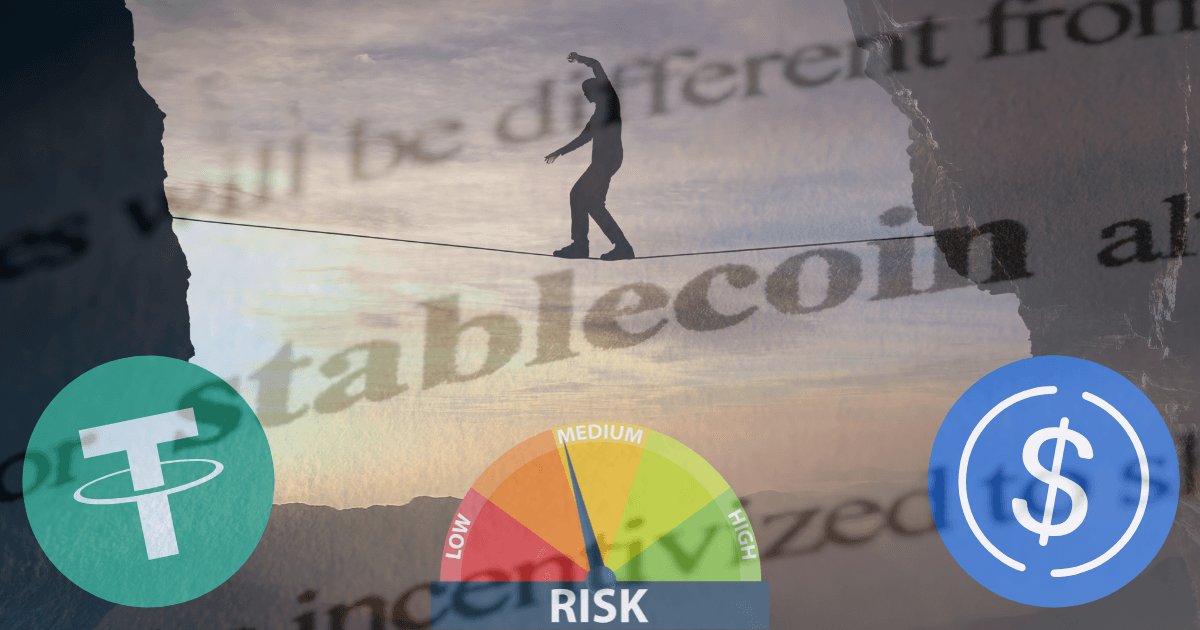
DeFi protocols have revolutionized the world of Decentralized Finance, offering intermediary-free financial services. Through blockchain technology and the use of smart contracts, DeFi protocols enable users to access services such as loans, cryptocurrency exchanges, staking, and yield farming, all in a decentralized and transparent manner. However, despite offering significant advantages and opportunities, DeFi protocols also come with a range of risks, with technological risk being foremost among them.
While the smart contracts upon which DeFi protocols are built are generally secure, they can be susceptible to programming errors (known as bugs) or other vulnerabilities that could be exploited by malicious actors. Another risk that affects DeFi protocols is liquidity risk. DeFi protocols rely on liquidity provided by users who contribute their resources in exchange for interest or other incentives. However, if a protocol experiences a rapid reduction in liquidity, users might face difficulties in withdrawing or exchanging their assets, potentially leading to considerable financial losses. Additionally, low liquidity can increase the risk of slippage (price deviation) in trades and make financial operations within the protocol less efficient.
Cryptocurrencies, which form the foundation of DeFi protocols, are known for their volatility. This volatility can impact the value of assets held by users and increase the risk of financial losses, especially for those engaged in more complex operations like leveraged trading or yield farming.
Furthermore, even though DeFi protocols are designed to be decentralized, there can be instances of centralization. For example, an entity or a group of entities might hold a significant amount of governance tokens, thereby influencing protocol decisions. This can lead to decisions that favour the personal interests of certain participants at the expense of others.
Another risk inherent in DeFi protocols is cyber risk. DeFi protocols can be susceptible to cyberattacks, fraud, and market manipulation (including algorithmic manipulation). Attacks can encompass phishing, DDoS attacks, smart contract exploits, and other cyber methods to siphon funds from users or manipulate cryptocurrency prices. Moreover, some DeFi projects might actually hide scams or be based on mechanisms that conceal a Ponzi scheme, resulting in significant losses for investors.
What has just been discussed is amplified (in some cases exponentially) by the fact that DeFi protocols often rely on interacting with other protocols and blockchain platforms. This implies that interoperability or compatibility issues can impact the functioning of the protocol and cause losses for users. Additionally, this interdependence between protocols opens up the possibility of malfunctions related to computer problems in a protocol different from the one the user is utilizing.
Finally, like stablecoins, individual DeFi protocols are subject to regulatory risk. Users are exposed to changes in regulations in their country of residence, where regulators could suddenly make the offered service inaccessible.
Continuing analysis as a solution to mitigate risks
Operating in the decentralized finance sector, even using simpler and seemingly less risky tools like stablecoins, is never a guarantee of easy and "incredible" returns as many inexperienced users might be led to believe. Due to the variety they encompass, evaluating all the risks associated with a specific operation isn't straightforward, as it involves in-depth knowledge of many aspects, including the technology used, the cryptocurrency market, the development team, and the regulatory framework within which the utilized protocol operates. While audits that projects undergo can indirectly help assess the risks related to their activities, they should not be solely relied upon as reference points for making decisions.
The truth is that the only tool to minimize these risks, especially in such a dynamic and innovative sector, is to continuously conduct research and studies, aided perhaps by tools available, like the risk-reward matrix (which we will discuss later). Here at StableComp, we are well aware of this. Knowledge, however, remains the only weapon at the users' disposal to safeguard themselves from the risks in this and other financial sectors.
Learn more about Stablecomp and how it can help you earn high returns with low risk. Check our homepage for more details and Follow our channels:
